If one installs all BIOS updates for the motherboard and current drivers, then also with the older AMD graphics cards e.g. in the device manager and the properties the “large memory area” is indicated as available resource, which caused in the meantime many speculations whether and what the whole thing could bring then perhaps nevertheless, if perhaps also indirectly or only as an unintended kind “side effect”. After various forum posts and the one or other user test I have checked times quickly.
However, the Radeon VII has to be completely excluded from these tests, since Graphics Output Protocol (GOP) was only added via BIOS update and still, even after the flash, there doesn’t seem to be a really complete UEFI support. However, a counter test even showed slightly worse benchmark results with BAR support enabled, but still within possible measurement tolerances. However, the case is probably a bit different with the Radeon RX 5700 (XT) and the RV Vega. From my forum there is also a post from 8j0ern who wants to have noticed slightly better min-FPS when using rBAR On:

f

I tried to reproduce these findings and initially could not see any difference between rBAR On and Off, even at 1% Low FPS, which is the better substitute for Min FPS. Different game, but no real difference for now:
However, one could initially (purely) subjectively notice that with rBAR On apparently fewer micro stutters, i.e. in relation to the average significantly slower rendered individual images (frames) occurred. I therefore ran a total of 10 measurements for both options with a warmed card and from the third or fourth run measured directly one after the other, I was able to achieve almost congruent results, which can therefore also be said to have a certain reproducibility. Let’s first have a look at the percentage composition of the frame time (render time per frame)
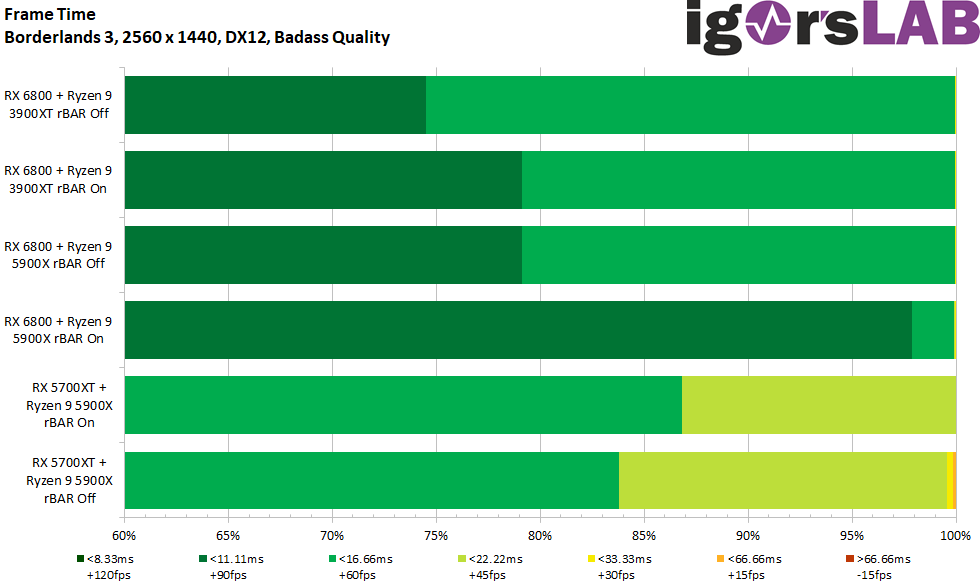
You can see the slight jerks in the frame time of the RX 5700XT and rBAR Off at the far right end of the bar. But you have to look very closely. But that’s exactly why I love my variance breakdown, because it’s incorruptible, even in terms of circular scrolling, and there’s really no substitute for it:
You can see very well that the progression is a bit more balanced, even if the differences are very marginal. Thus, the older Radeons cannot directly utilize the freeing of the large memory area, but it seems that in the background some processes are definitely GPUMmu-compatible and also use the WDDM2 feature. But what is it actually? To do this, you need to take a look at the theory.
As you know, rBAR is a GPUMmu (Graphics Processing Unit Memory management unit) feature that can be supported in software or hardware (thanks also to reader gastello for pointing it out), which Microsoft itself describes quite transparently and understandably (schematic below, ©Microsoft):
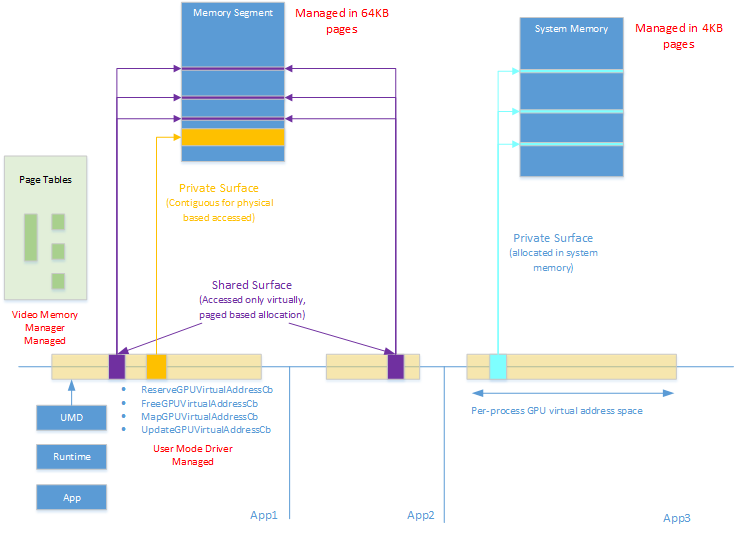
So you can see that rBAR is designed to mitigate bottlenecks and dips in large memory configurations and instead rely on fixed sizes of system resources, since dynamically changing memory allocations always costs performance. However, the PCI SIG does not define the type of support, so that pure software solutions are also possible (even if not as efficient). This might also be the reason why the current (and subsequently supported) GeForce cards with a pure software solution (firmware, drivers) can’t show quite as big performance gains as RDNA2, since addressing is obviously not implemented in hardware.
But this raises the logical question, why AMD doesn’t at least provide the RDNA cards like the RX 5700XT with this feature (at least on a software basis) by means of new firmware (and thus analogous to NVIDIA). Because technically feasible this would be with security, only whether it is so also desired by the manufacturer? Let’s hope the manufacturer finds some mercy too. It would certainly be nice, because even 3-5% one takes but gladly as a free upgrade.













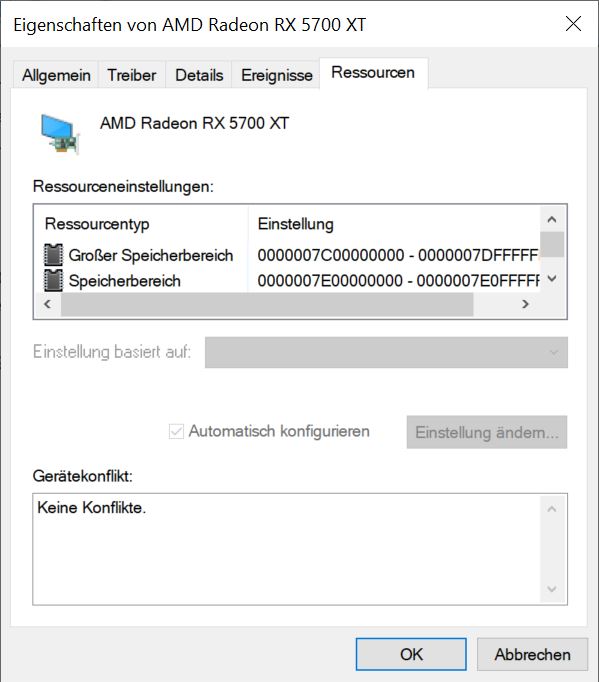
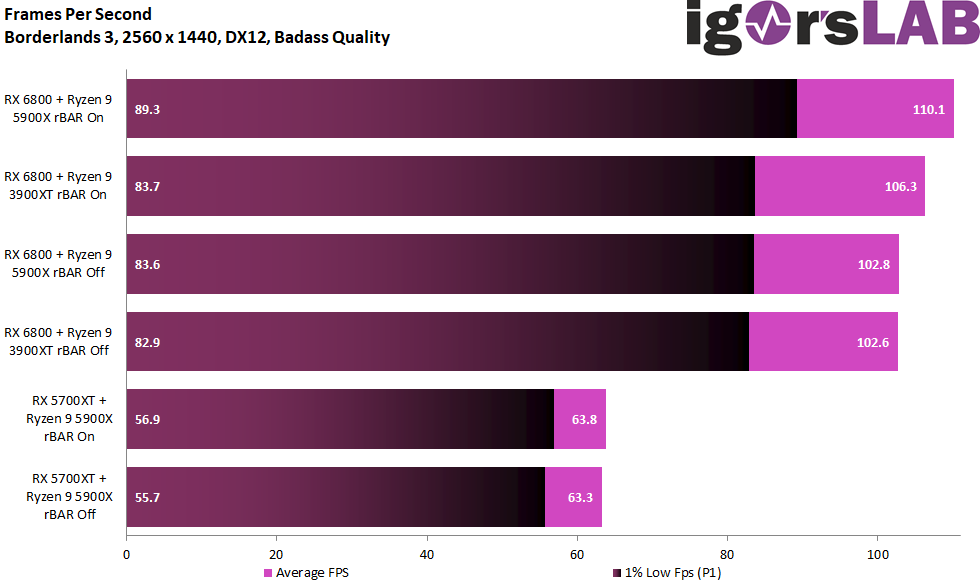
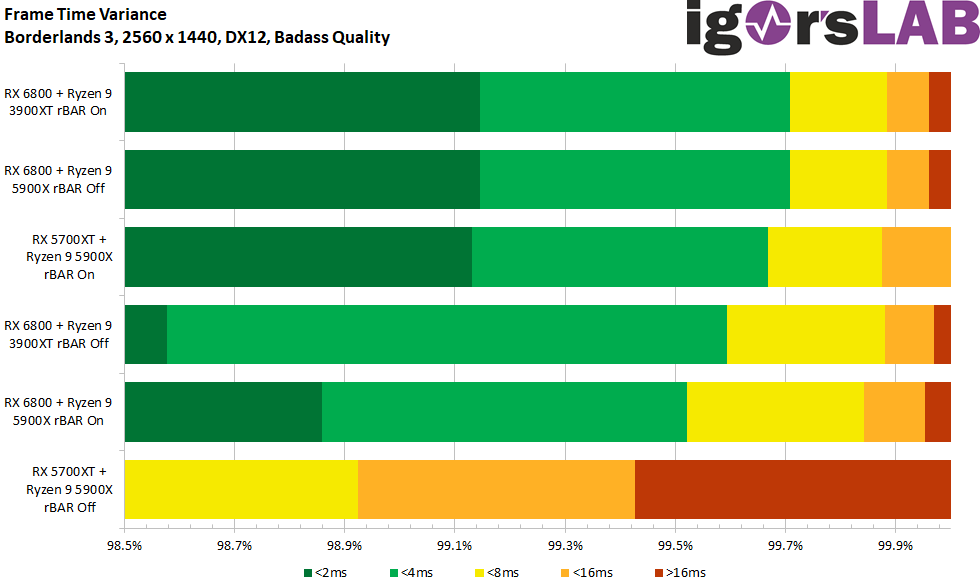
















55 Antworten
Kommentar
Lade neue Kommentare
Veteran
Moderator
Urgestein
Neuling
Urgestein
Urgestein
1
Veteran
Mitglied
Veteran
Mitglied
Urgestein
Urgestein
1
Mitglied
Veteran
1
Mitglied
Urgestein
Alle Kommentare lesen unter igor´sLAB Community →